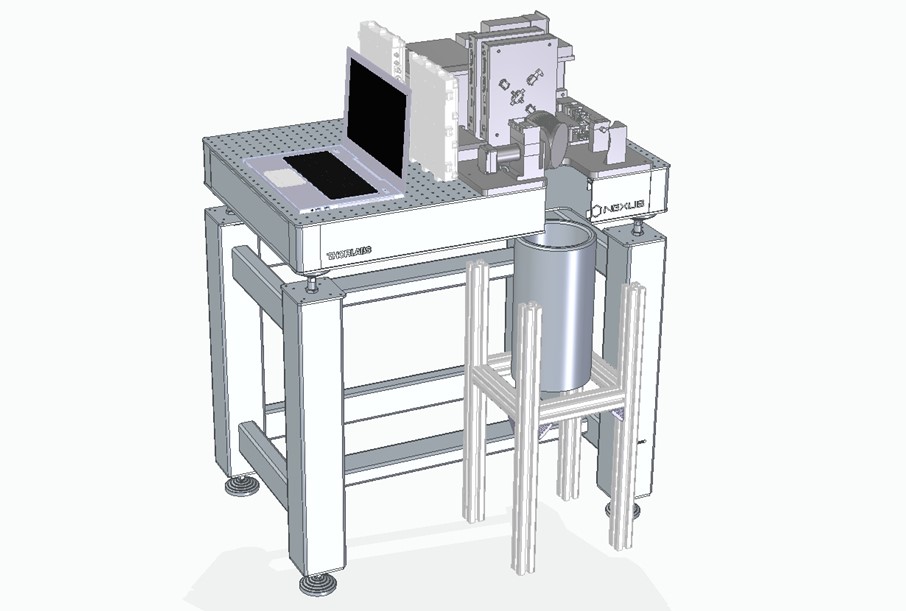However we still hadn't decided on a name by the time the New Year rolled around. Instrument naming itself is difficult - you need to use something catchy and interesting but also a name that represents what your instrument does.
Since its inception at RAL Space, my team, the Millimetre Wave Technology Group, have developed a range of cutting-edge technologies that have been used across radio astronomy and atmospheric science. One of these was a new kind of receiver called SHIRM, as it contained a Sub Harmonically pumped Image Rejection Mixer, which was developed to be used as an instrument concept for future RAL Space missions.
SHIRM was first used in 2014 in a field trial in Jungfraujoch, Switzerland, where it successfully demonstrated the ability to detect atmospheric spectral lines - these lines are caused by emission or absorption and are a way of identifying gas species or molecules in the atmosphere from their energy levels. Five years on and SHIRM is now being adapted into a new 'first-of-its-kind' instrument for the LMT in Mexico.
Heterodyne receivers use mixers, like the ones my team developed for SHIRM, to combine the incoming signal with a local oscillator frequency to achieve a desired frequency, which can then be processed more easily. Our new instrument for the ASTEC project uses the same technique as its predecessor, but the SHIRM mixer has been replaced with one that introduces less noise to the system. Hence the need for a new name, as we couldn't call the instrument after a component it no longer had!
Although the project itself is called ASTEC, there is already an instrument called AzTEC (a 1.1mm continuum camera) at the LMT. STFC also has the ASTeC group for accelerator science and technology, who are based up at Daresbury Laboratory. So it would have ended up rather confusing to also call the instrument ASTEC!

We went through multiple name suggestions before settling on the 'Collaborative Heterodyne Astronomical Receiver for Mexico' or simply, CHARM. We liked CHARM as this name placed emphasis on the collaborative nature of the project and of our final aim: to ship the instrument to Mexico and install it at the LMT.
CHARM has been developed for the ASTEC project we are working on alongside the University of Manchester and Institute for Astrophysics, Optics and Electronics (INAOE) in Mexico. It will look at astronomical spectral lines, which are the same as atmospheric spectral lines but are found in space. CHARM will look at these spectral lines in early star forming regions and this could help us understand more about the evolution of our universe. It is going to be placed on the Large Millimetre Telescope in Puebla, Mexico, which I visited last October!
After nearly ten months of working on this project, CHARM is fully set up and operational in the lab. It has been incredible to see what was initially just a schematic on paper become a fully functional instrument. The main task ahead is to finish testing the hardware and software of CHARM to ensure it will perform well once sent to the LMT.
The MMT group will be giving updates on CHARM and ASTEC in the upcoming months- so stay tuned!
Images
Image 1 (Top right): CHARM set up for testing in the Millimetre Wave Technology Laboratory
Image 2 (right): a CAD model of the CHARM receiver
